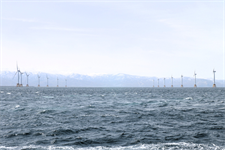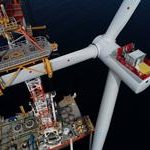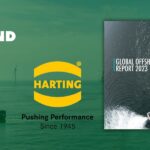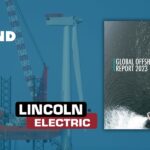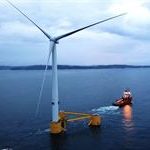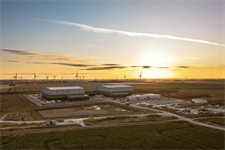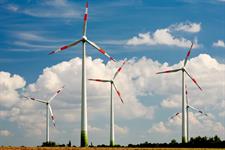Offshore wind ‘boosts renewables business case for Japan and Canada’ – report
Energy Disrupter
_1.png)
EY’s biannual Renewable Energy Country Attractiveness Index (Recai) report placed both countries several ranks higher than in its previous report for their attractiveness to renewable energy investors. Canada climbed two places to 9th overall, and Japan rose three places to 10th.
For both countries, plans to rapidly develop offshore wind off their expansive coastlines was cited as a key reason for their improving attractiveness for potential investors.
In Canada, EY pointed to recent memoranda of understanding (MoUs) signed between the eastern provinces of Nova Scotia and Newfoundland with the federal government targeting new offshore wind off Canada’s Atlantic coast.
“Nova Scotia is building a regulatory framework for these projects and opens bidding next year for 5GW of capacity to be built by 2030,” EY stated.
EY also flagged the partial lifting of restrictions on new onshore wind projects in Alberta. It also pointed out that Canada’s government aims to implement a $45 billion tax credit scheme similar – though smaller in scale – to its US neighbour’s Inflation Reduction Act (IRA).
Japan is also an encouraging option for investors thanks to its plans to embrace offshore wind, EY noted. The country targets 10GW of offshore wind capacity by the end of the decade and up to 45GW by 2040.
Japan plans to expand its offshore wind zone and widen installation opportunities in line with the need for floating offshore wind in much of the country’s deep coastal waters.
EY also flagged the country’s recent offshore wind tenders off the Aomori and Yamagata prefectures — with developers set to be selected by December — as encouraging signs.
Elsewhere, established wind markets like the US, China, France and the UK stayed within the top ten rankings, while some emerging markets like South Korea and South Africa were downgraded due, among other factors, to persistent reliance on fossil fuel energy sources.
“In the 63rd edition of Recai, the top rankings are retained by mature markets where investors are attracted to both clear demand for renewables and established value for projects. Strong policy support and incentives are keeping the US, China and Germany out in front,” EY stated.

